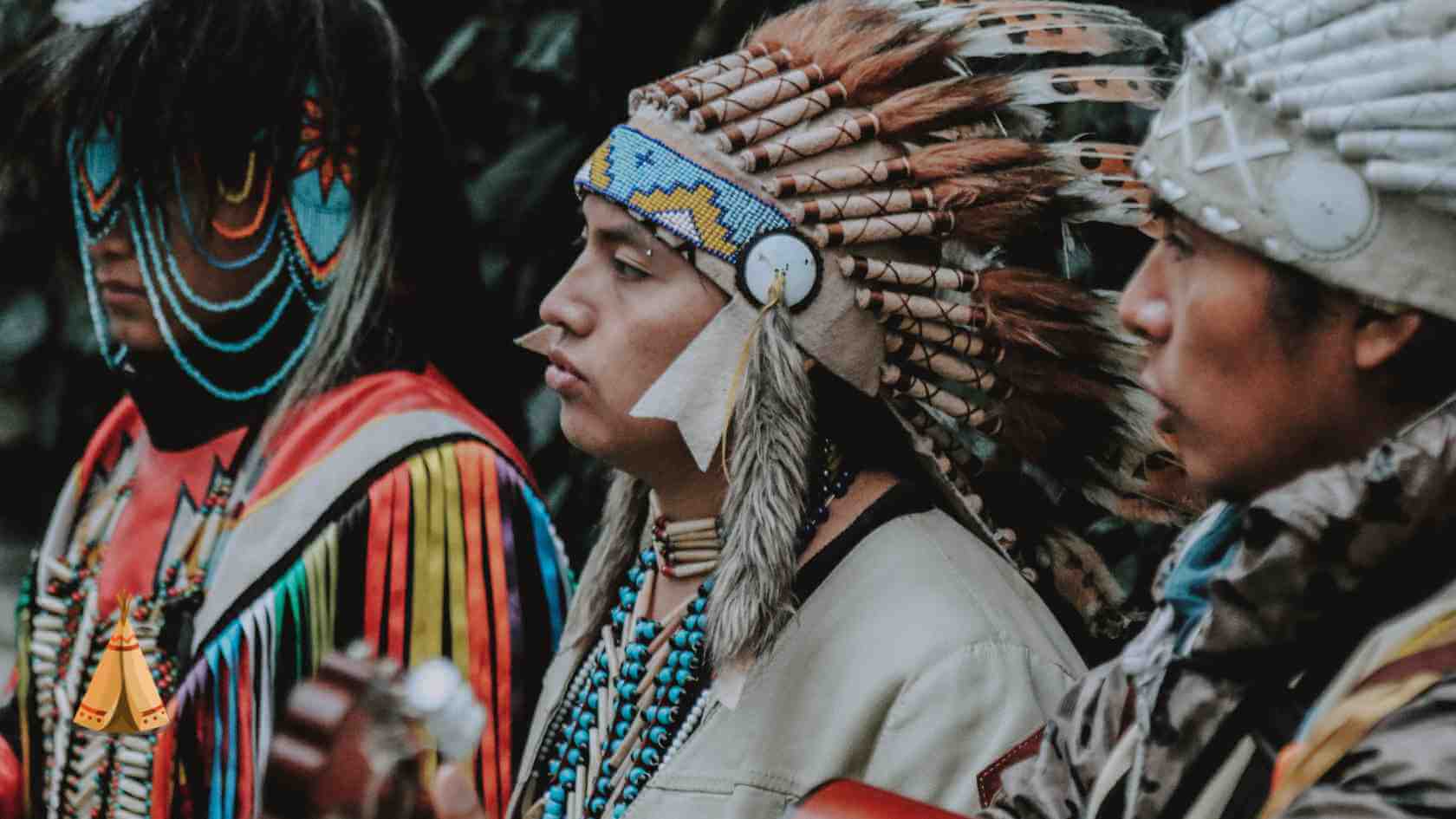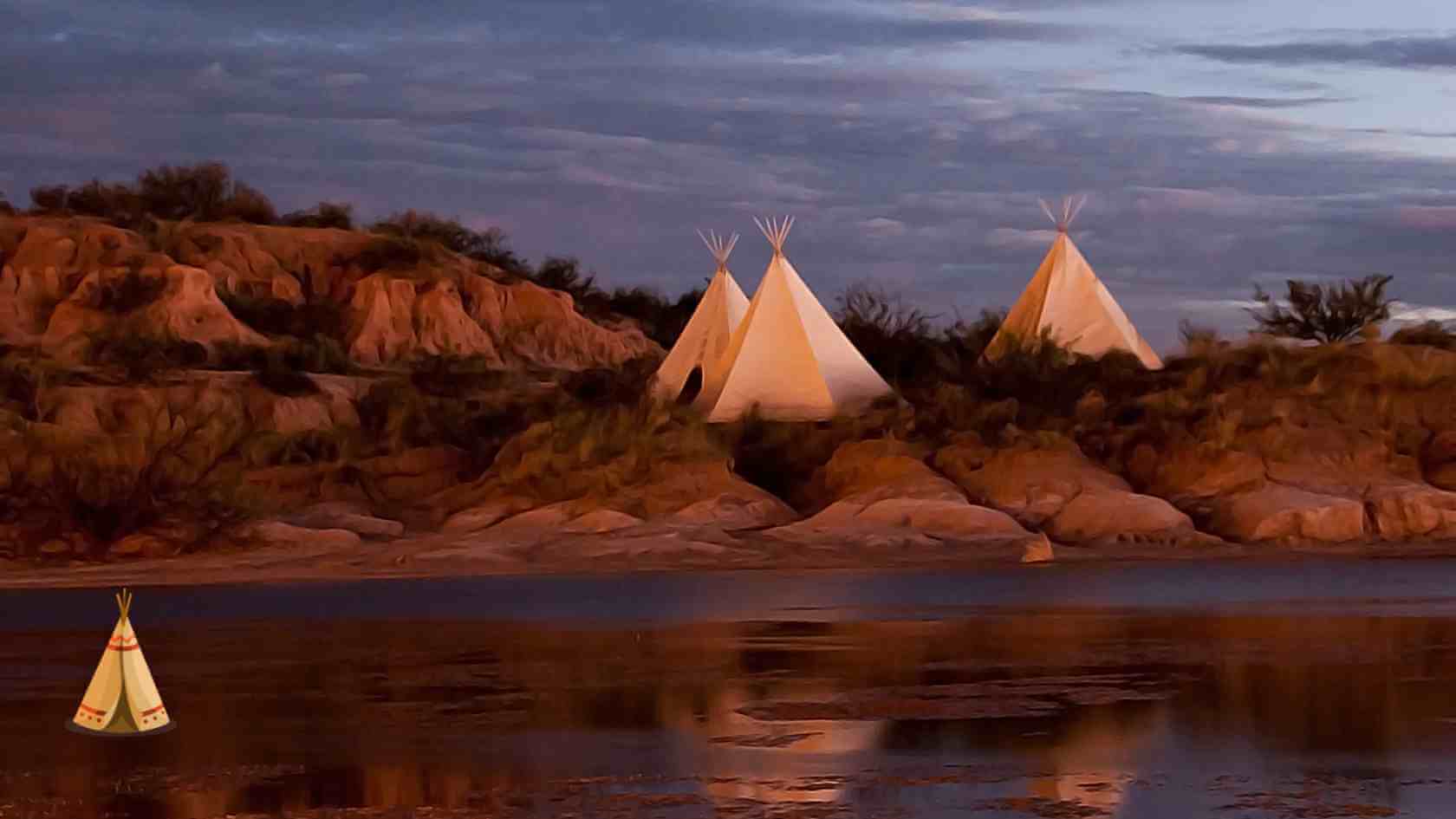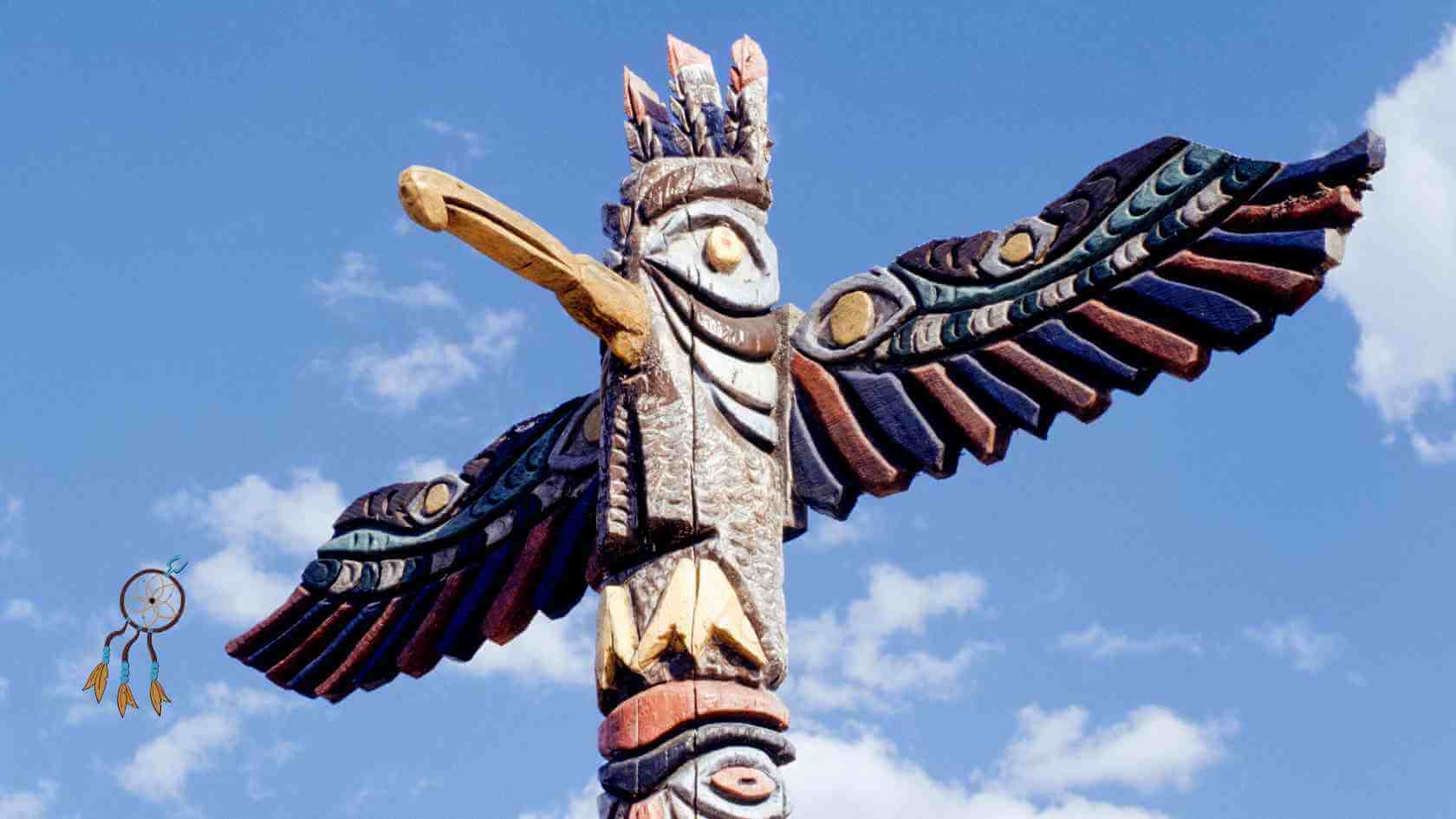Last Updated on March 21, 2025
The Setting
The Arrival of the Pilgrims and Early Relations

The Wampanoag People
Generosity and Diplomacy

The First Thanksgiving
A Shared Harvest Celebration
The year 1621 was also fruitful for the pilgrims; they invited the Native Americans in that region known as Wampanoag to a three-day feast to celebrate. This event is sometimes called the ‘First Thanksgiving,’ although the term did not seem to be used then. Feasting and harvest festivals were a normal part of the Wampanoag society even before the white man came to their shores.
Almost ninety Wampanoag with Massasoit and warriors and fifty Pilgrims participated in the event. The menu likely included a blend of foods shared by both groups: meat, especially venison, fish, wild birds, corn, pumpkins, and beans. Thus, though the meeting celebrated normalcy and solidarity, it was not the start of a series of annual conferences. However, it was a different occasion provoked by the condition, mutual admiration, and the desire for no confrontations.
Native American Perspectives on Thanksgiving
Although today’s myths of Thanksgiving are associated with the ideas of gratefulness and family, Native populations have many thoughts regarding them. Thanksgiving for Wampanoag people and other Indigenous people is a marker of the time that history advanced to develop colonization, suffering, forced diaspora, and warfare. Some Indigenous people consider Thanksgiving to be a National Day of Mourning, which is similar to the other near-inaugural day showing acknowledgment of the growing loss of territory and life that accompanied colonization by European settlers.
Since 1970, Native Americans have observed the National Day of Mourning on Thanksgiving Day in Plymouth, Massachusetts, to support the Indigenous peoples’ struggle. For them, Thanksgiving is a chance to convey the historical truth and tell what colonialism is rather than being conspiratorial, thus making people aware.

The Myth
Dispelling Myths About the First Thanksgiving
Indeed, there are many myths associated with the Thanksgiving celebration, which barely mention Native Americans. The first myth that must be dispelled is that the Pilgrims and Native Americans were good friends. It was, for some time, a friendly relationship, but in fact, it was a tenuous one at that. These conflicts include the issue of land and resources and different perceptions of life and governance, and these brought about confrontations like the King Philip War of 1675, where the Wampanoag and other native communities waged war against the colonial forces.
The third myth is that the first Thanksgiving is an official holiday or religious event. Instead, it was a feast of Thanksgiving based on the Wampanoag’s cycle of joyful events and, to a certain extent, on Pilgrims’ practices. While the idea of the harvest festival had a long history, the idea of Thanksgiving as a national holiday only really emerged much later, primarily thanks to the efforts of Sarah Josepha Hale, who campaigned for the country to have a dedicated Thanksgiving day in the 19th century.
Legacy of the Wampanoag and Thanksgiving
The Wampanoag people and many of their descendants still suffer from the effects of Thanksgiving. The negative impact of colonialism commonly brought inconvenience and suffering to the native people, while the Wampanoag people retained and are now seeking to take back the right to tell their part in the story of Thanksgiving. Today, Wampanoag people pass out information about themselves and their culture, history, and role in the so-called Thanksgiving.
The modern celebration of Thanksgiving Day in the Plymouth area occasionally invites representatives of the Wampanoag Nation to give an account of historical facts about their people and forebears. Transcendent: This changing story ensures that Americans learn about the different and continuing struggles of Native Tribes and the need to appreciate Indigenous Peoples’ opinions.

Reimagining Thanksgiving with Respect and Awareness
Most recently, there has been concern about respecting Native Americans and their perspectives on Thanksgiving. Some schools, communities, and families have even started to embrace the history of the Wampanoag people and the truth of Indigenous peoples’ experiences on Thanksgiving. As for education, there are more and more discussions on the actual historical perspective of Thanksgiving Day. Therefore, students have a better picture of Native Americans and their tradition of Thanksgiving Day.
Erasing Thanksgiving is as easy as recognizing the land one is on, being informed about local Indian tribes, and donating to Native Americans. These steps promote respect as a way of handling the holiday; hence, it becomes a time for honoring the feeling of thankfulness.
During Our Moden Time
Native American Contributions and Thanksgiving Celebrations
Native Americans continue to play a role in creating the Thanksgiving story. Indigenous people mobilize Thanksgiving to celebrate their Native cultures and heritage through cultural performances, educational events, and advocacy for Indigenous rights. Most Native families enjoy a Thanksgiving meal with their favorite native dishes mixed with those from the American Thanksgiving celebration.
Some events, such as the National Day of Mourning or Indigenous celebrations in towns and cities, involve Native peoples standing in remembrance of Native American resistance. These events enable the community and other people in general to gain an insight into Native American history and the difficulties they face in the present.

Why Native American Perspectives Matter Today
People need to appreciate the view of Native Americans towards the celebration of Thanksgiving to have a detailed narrative history. Valuing the efforts of the Wampanoag people and acknowledging the struggles faced by Native people helped gain a deeper understanding of the celebration. Native Americans have an enjoyable, multifaceted, and important history and background, making them an undeniable part of American traditions. Thanksgiving, therefore, can be an opportunity to recognize and respect Indigenous people’s culture and history, both past and present.

A Thanksgiving of Reflection and Respect
Thanksgiving has a great historical background, traditions to follow, and even a lot of things to symbolize. However, having learned the use and abuses of the New World mammoth power by Europeans and how this event has gradually transformed into a festival of family and Thanksgiving, knowing that the hosts involved, especially the Wampanoag Indians, are out rightly erased from this historical record is quite sad. Basing our understanding on them shows that the indigenous peoples’ cultural enrichment, gifts, and strength are worth embracing this holiday because of.
In modern society, where groups of people are informed about Native Americans and the bitter truth about this so-called Thanksgiving, it acts as an opportunity to both give thanks and look back. To change how Americans celebrate Thanksgiving, it is possible to listen to the Native Americans’ history and accept a more comprehensive portrayal of Thanksgiving history.
